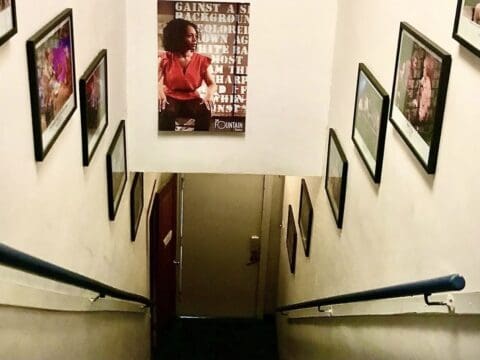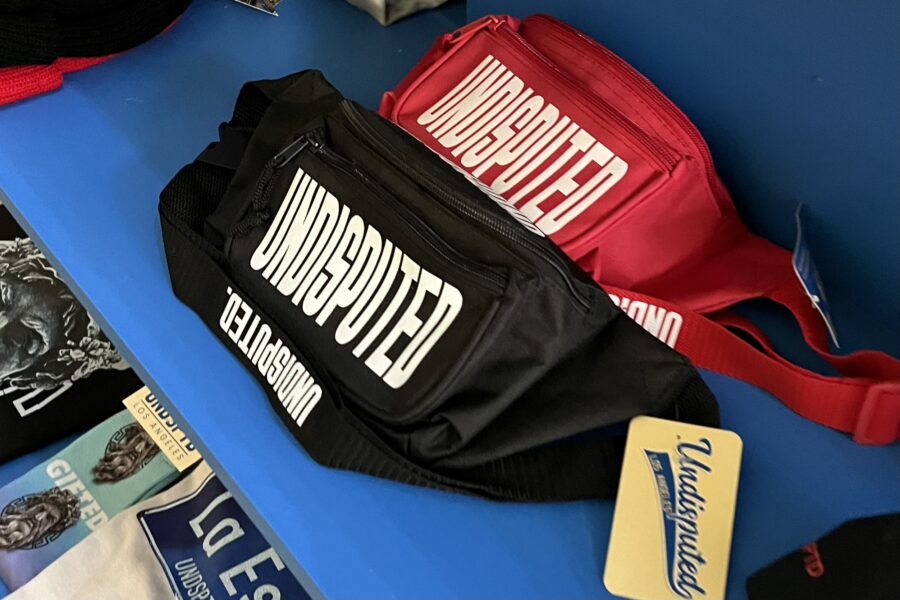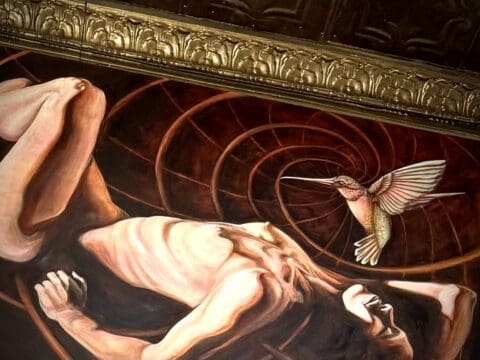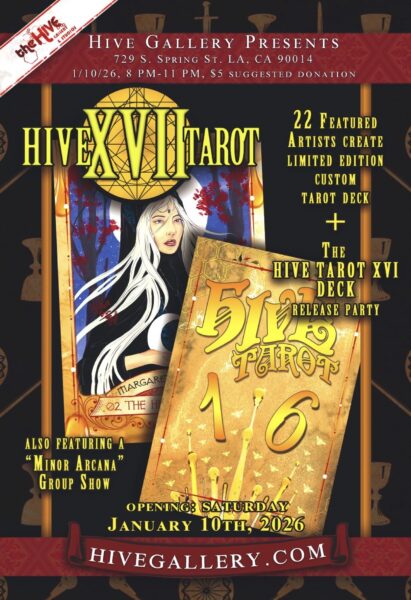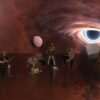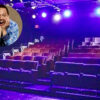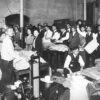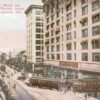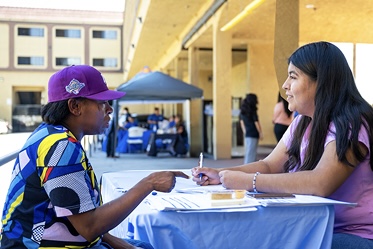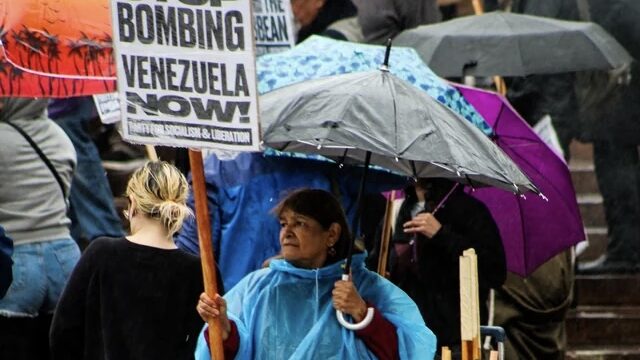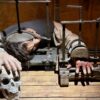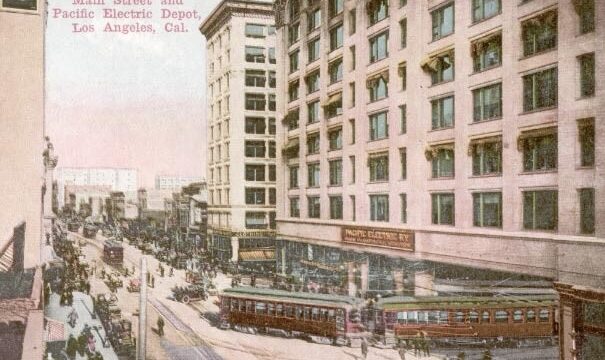
Standing prominently at the intersection of 6th and Main Streets in downtown Los Angeles, the Pacific Electric Building is a historic landmark and testament to the city’s early 20th-century evolution from horse and buggy into a sprawling, car-centric metropolis. This magnificent structure was once the center of a vast interurban rail network, and famously houses one of Los Angeles’s oldest and most iconic eateries, Cole’s French Dip.
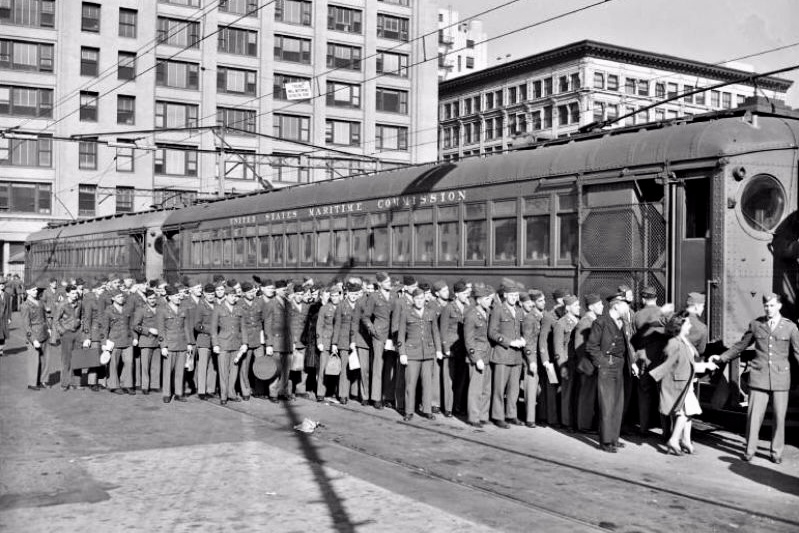
A Vision of Progress: The Pacific Electric Building’s Genesis
Opened on January 15, 1905, the Pacific Electric Building (also known as the Huntington Building, after railway magnate Henry Huntington) was designed by architect Thornton Fitzhugh. At the time of its completion, this ten-story Beaux-Arts and Richardsonian Romanesque masterpiece was considered Los Angeles’s first skyscraper and the largest building west of Chicago in terms of square footage for many decades.
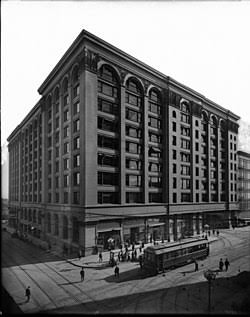
Its primary purpose was to serve as the headquarters for the Pacific Electric Railway, a colossal interurban electric railway system that, at its peak, boasted over 1,000 miles of track throughout Southern California. Affectionately known as the “Red Car” line due to the color of its streetcars, the Pacific Electric system was instrumental in shaping the region’s early growth and connecting its burgeoning communities long before the freeway system dominated.
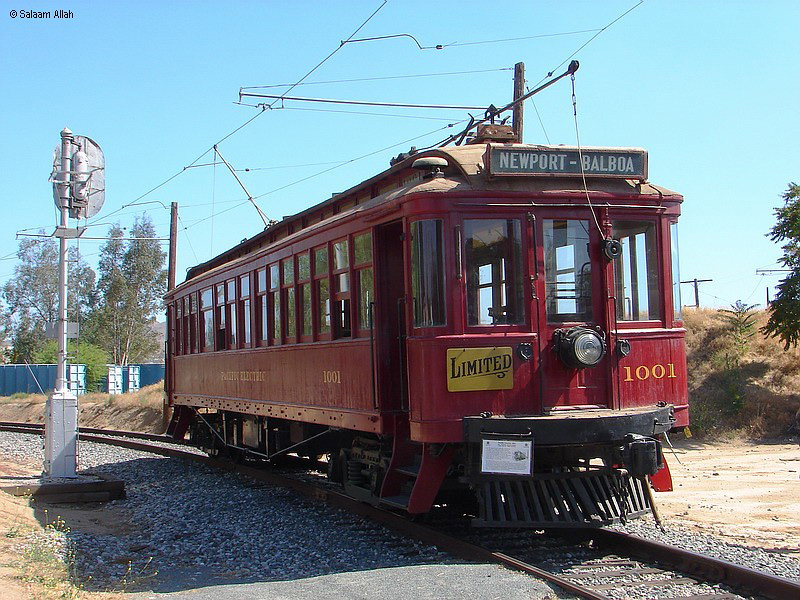
Like a miniature Union Station, the ground floor of the building was the grand “Main Street Station,” a cavernous passenger concourse where thousands of commuters would embark and disembark daily. This central terminal was a hub of activity, with trains entering from the back (east side) on ground-level tracks and exiting onto Main Street. Above the station, five floors were dedicated to offices, while the top three floors housed the prestigious Jonathan Club, a leading businessmen’s club.
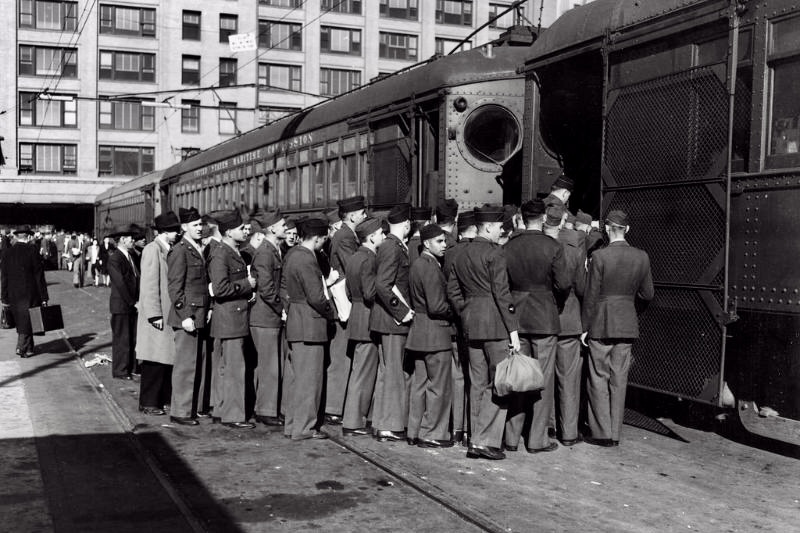
Evolution and Adaptation
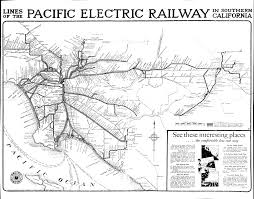
The Pacific Electric Building played a vital role in Los Angeles’s transportation until the mid-20th century. In 1911, following the “Great Merger” of Pacific Electric into Southern Pacific Railroad, the building became Southern Pacific’s Los Angeles home. While a second electric rail hub, the Subway Terminal, opened in 1925, the 6th and Main terminal continued to be a crucial interurban rail hub.
By 1942, with the rise of bus transportation, the terminal was converted to accommodate Pacific Electric’s growing fleet of buses. The last rail line out of the station ceased operations in 1961, and the final bus departed in 1964. The iconic waiting room and concourse were subsequently converted into a parking garage, and the elevated structure at the rear of the building was razed.
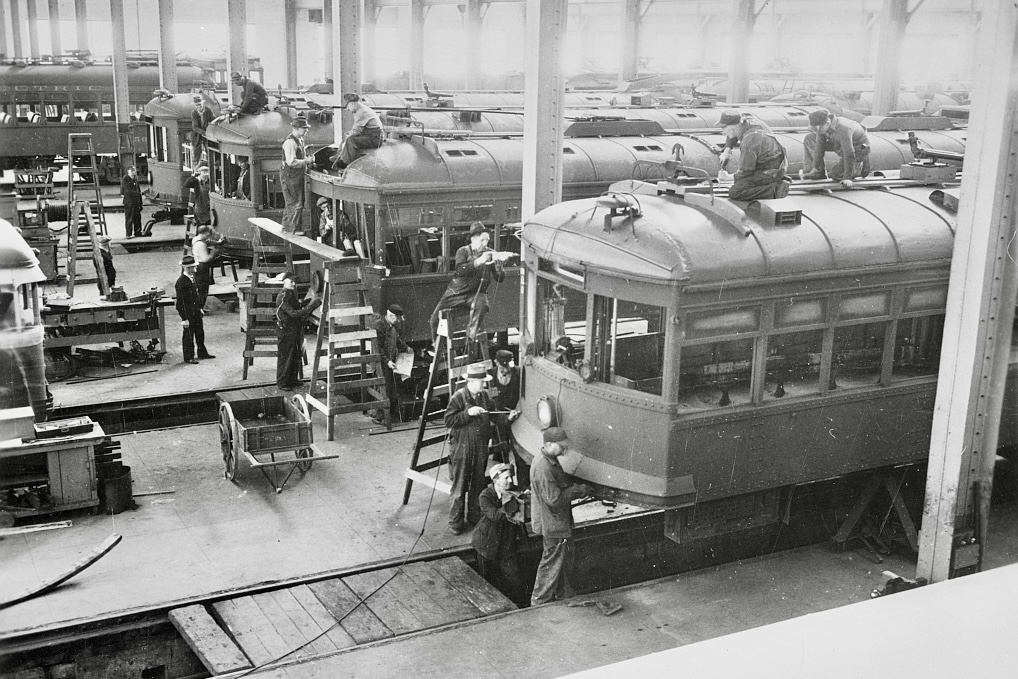
For many years thereafter, the building was largely vacant, though its classic architecture made it a popular filming location, appearing in over 400 productions, including “Forrest Gump” and “L.A. Confidential.”
In 2005, the Pacific Electric Building underwent a significant transformation, converted into residential live/work lofts, breathing new life into the historic structure. Today, it stands as a prominent example of adaptive reuse, with many original architectural details preserved.
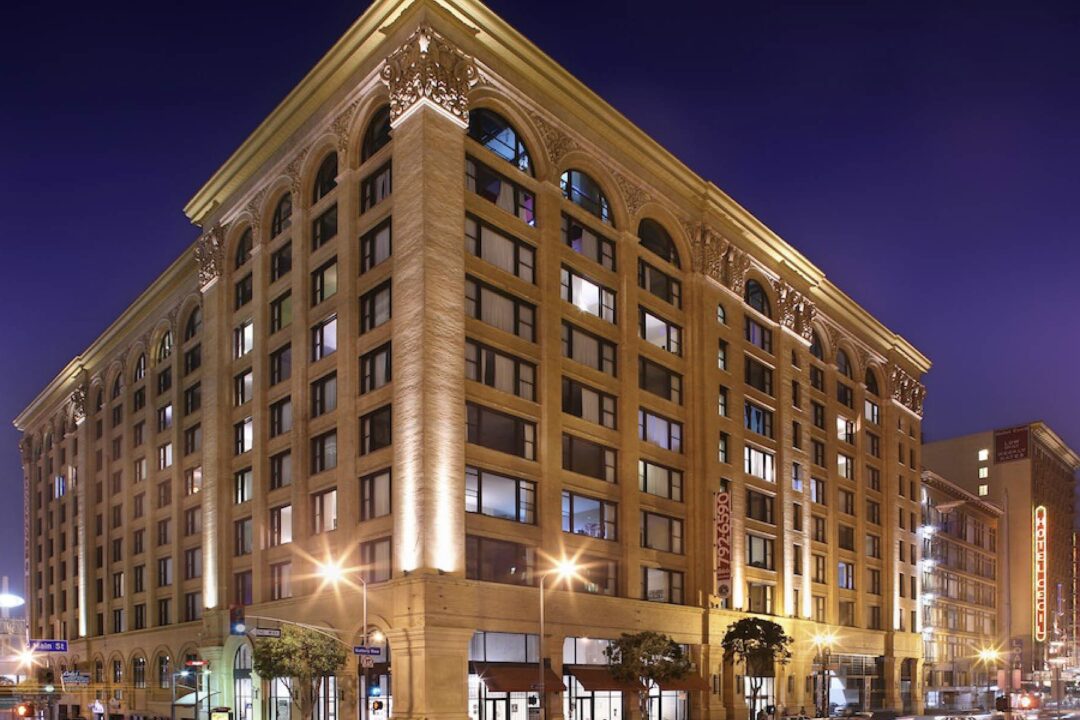
Cole’s French Dip: A Culinary Icon Within
Adding to the Pacific Electric Building’s storied past is Cole’s Pacific Electric Buffet, which opened on the lower floor of the building in 1908. This makes Cole’s one of Los Angeles’s oldest continuously operating restaurants and pubs, and it famously lays claim to inventing the French Dip sandwich.
According to Cole’s lore, the French Dip was born when house chef Jack Garlinghouse dipped a customer’s French bread into au jus to soften it for someone with sore gums. Other patrons, intrigued, soon requested the same, and a culinary legend was born. (It’s worth noting that Philippe the Original, another historic Los Angeles eatery, also claims to be the inventor, sparking a long-standing local debate.)
Cole’s quickly became a beloved institution, serving countless commuters, businessmen, and residents who passed through the Pacific Electric Building. Its rustic, old-world charm, complete with varnished tables reportedly made from retired Red Car doors, drew a diverse clientele, from poets to mobsters.
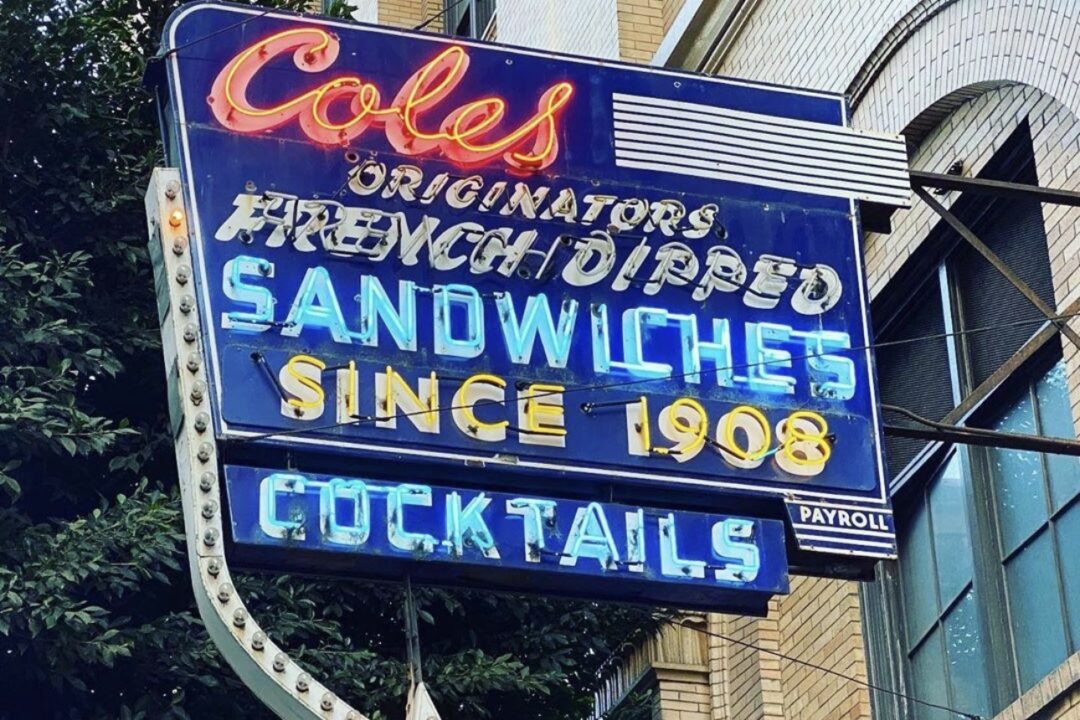
In 1974, Cole’s was designated a Los Angeles Historic-Cultural Monument. After a meticulous $1.6 million restoration in 2008, Cole’s reopened, preserving its historic character while updating its offerings. However, recent news in July 2025 indicated that Cole’s is planning to close its doors permanently in August 2025, citing a combination of factors including the global pandemic, rising costs, and changing urban dynamics, marking the end of an era for this historic establishment.
The Pacific Electric Building, with Cole’s French Dip within its walls, remains a powerful symbol of Los Angeles’s rich history, its innovative spirit, and the enduring legacy of a bygone era of transportation and dining.
![]()



